As India, China Lock Horns, De-escalation This Time Around Will Not be as Easy as in Doklam
Wed 24 Jun 2020, 17:25:58
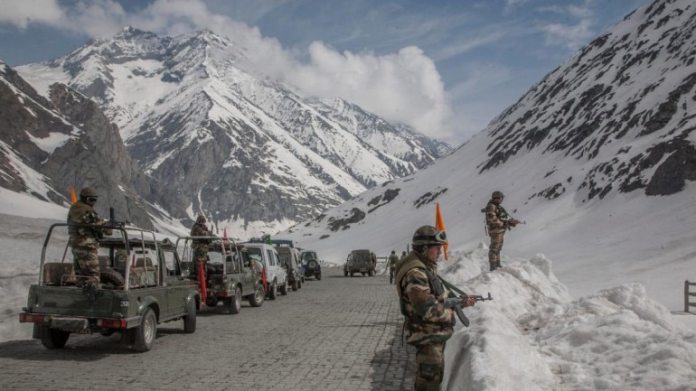
The scarcity of information around the present Sino-Indian border standoff and its associated skirmishes along the Line of Actual Control (LAC), has made it exceedingly difficult to understand and predict the development of the existing situation. Notwithstanding this lack of information, a comparison between the circumstances around the de-escalation of the Sino-Indian military standoff at Doklam, a border trijunction between India Bhutan and China, in 2017 and the current standoff along the LAC could perhaps provide some much needed clarity on the present dilemma.
It is well known that the military standoffs of 2017 and 2020 are of comparable strategic importance, in different sectors along the Sino-Indian border. Their close strategic significance and nearness in time allow their comparison to expose the nuanced differences of circumstances around the development of both events.
For this comparison, Brent Sasley’s levels of analysis are ideal as they focus on the agent (the leadership), the structure (the state in the international system) and the reciprocated interaction between the two (the national discourse). China’s leadership has remained largely unchanged during both the military standoffs. If anything, President Xi Jinping has only become more authoritarian with the removal of his presidential term limit during the 19th National conference held in 2018.
The national discourse in China has also seen little change, with China using its official press releases as well as its state controlled media to aggressively publicise its rhetoric, indisputably laying claim to the territory in question and compelling India to ‘immediately pull back.’ In a press release during the 2017 standoff, referring to the Doklam Plateau, China declared itself to be a victim of Indian aggression, stating that “Doklam belongs to China. Indian troops have crossed into Chinese territory, We urge the Indian side to immediately pullback.” Even after the alleged mutual disengagement at the plateau, China in another official press release stated that “the Indian border personnel and equipment that trespassed into China’s territory have all been withdrawn to the Indian side of the border. The Chinese border troops continue with their patrols and stationing in [Doklam].”
In the ongoing military deadlock which began on 5 May, the national discourse in China has stayed much the same as in 2017 with China again posing itself as a victim of Indian aggression over several press conferences since May. The narrative being reinforced since 21 May is that “the Chinese border troops are committed to upholding China’s territorial and sovereignty security, responding resolutely to India trespassing and infringing activities.” More recently, after the Sino-Indian clash in the Galwan Valley, in a press release on 17 June, China claimed unambiguous sovereignty over the disputed valley and stated that “China always owns sovereignty over the Galwan Valley area, and the Indian border troops have acted in ways inconsistent with their words and seriously violated agreements both countries reached”. It is clear that the Chinese national discourse in both scenarios in 2017 and 2020 has maintained a theme of being a victim of Indian aggression.
Arguably what has changed significantly since the Doklam standoff in 2017 is China’s position in the international system. At the time, China had essentially reached the logical conclusion of its efforts since the early 1970s, with it becoming greatly integrated into the prevailing global order. Part of its position was based on its portrayed adherence to the norms, practices and conventions of the international institutions it subscribed to. China, being one of the five permanent members of the United Nations Security Council, establishing vast new economic interdependencies (or merely foreign dependencies) and becoming a key stakeholder in the international system, was necessarily expected to play the role it sought for itself. Essentially aiming to still “hide [its] capabilities and abide time” under the infamous Tau Guang Yang Hui doctrine presented itself as an inhibiting factor to conflict escalation in 2017.
However, in stark contrast to this is the ongoing border military standoff which comes in the backdrop of a complete dismantling of China’s efforts over
the last few decades to integrate itself as a responsible stakeholder in the international system. This is primarily based on the global community questioning its negligence in controlling the Covid-19 pandemic. The ongoing and recently heightened Sino-US trade war and the prospect of a decoupling of the global economy has only further ostracised Beijing from the international system.
the last few decades to integrate itself as a responsible stakeholder in the international system. This is primarily based on the global community questioning its negligence in controlling the Covid-19 pandemic. The ongoing and recently heightened Sino-US trade war and the prospect of a decoupling of the global economy has only further ostracised Beijing from the international system.
More pertinently, with this negative publicity, the international community has become increasingly aware and wary of Beijing’s debt-trap diplomacy through its various programs like the Belt and Road Initiative and its auxiliaries like the ‘Health Silk Road’ which threaten to transform not only existing economic relations but also offer alternatives to existing multilateral institutions. Beijing’s new wolf warrior diplomacy which actively attempts to move away from the Tau Guang Yang Hui principle and instead aims to hijack the international narrative is a marked change from its previous approach to the global community. Consequently, China in 2020, with its precarious position in the international system, is visibly less obliged to comply with the erstwhile conventions of the international order.
While the Indian leadership during both events in 2017 and 2020 has remained unchanged under Prime Minister Narendra Modi, India has indeed seen a certain change in its role and position on the international stage. Although India in 2017 was considerably well integrated into the international system, its recent global outreach in the form of aid (expected at around INR 110-120 crore) and championing international dialogue to orchestrate a globally coordinated onslaught on the Covid-19 pandemic has only further strengthened its position as a responsible global stakeholder. If anything, since 2017, India’s position in the international system has only steadily increased.
However, what has indeed changed greatly from the standoff in 2017 to the present one is the national discourse in India. During the 2017 standoff, New Delhi published merely two press statements marking the beginning and the end of the incident. These statements essentially called upon China to “not change the status quo unilaterally” and pointed out that their construction “inside Bhutanese territory is in direct violation of [existing Sino-Bhutanese] agreements.” What is crucial here is that India portrayed itself as a credible ally to Bhutan, leaving significant room to manoeuvre its policy with China.
Unlike in 2017, India’s rhetoric in the ongoing situation has portrayed itself as the victim of Chinese aggression, describing Beijing’s activity in the Galwan Valley as a “premeditated and planned action that was directly responsible resulting in violence and casualties [in an attempt to change the status quo]”. New Delhi has further issued an ultimatum stating that “India would respond firmly to any attempts to transgress the LAC.” Furthermore, New Delhi has described Chinese claims over the Galwan Valley area as “exaggerated and untenable.” Such rhetoric may perhaps leave New Delhi dangerously little room for manoeuvre in the near future. More pertinently, since the skirmish at Galwan there has been a noteworthy rise in the Indian media of the use of words such as ‘betrayal’ and a rising demand for a ‘push back’ to the Chinese atrocities along the LAC.
This comparison of circumstances between the two border standoffs of 2017 and 2020 primarily exposes two major changes in the state of affairs today. Firstly, China’s level of integration into the international community has been significantly damaged and reduced. Secondly, India’s national discourse has changed from being only Bhutan’s credible ally to also becoming the victim of Chinese aggression. These two changes of circumstances from the standoff in 2017 to the present one are significant, as they represent a visibly deteriorating prospect of rapprochement between the two Asian giants. New Delhi’s decreased policy manoeuvrability coupled with China’s decreasing need to comply with international norms and conventions is a dangerous mixture which makes a Sino-Indian de-escalation along the LAC increasingly unlikely in the immediate future. Unfortunately, the prospect of a ‘Wuhan spirit’ salvaging the Sino-Indian relations seems equally remote under the present circumstances.
No Comments For This Post, Be first to write a Comment.
Most viewed from National
Most viewed from World
AIMIM News
Latest Urdu News
Most Viewed
May 26, 2020
Can Lionel Messi's visit boost Indian football?
Latest Videos View All
Like Us
Home
About Us
Advertise With Us
All Polls
Epaper Archives
Privacy Policy
Contact Us
Download Etemaad App
© 2026 Etemaad Daily News, All Rights Reserved.

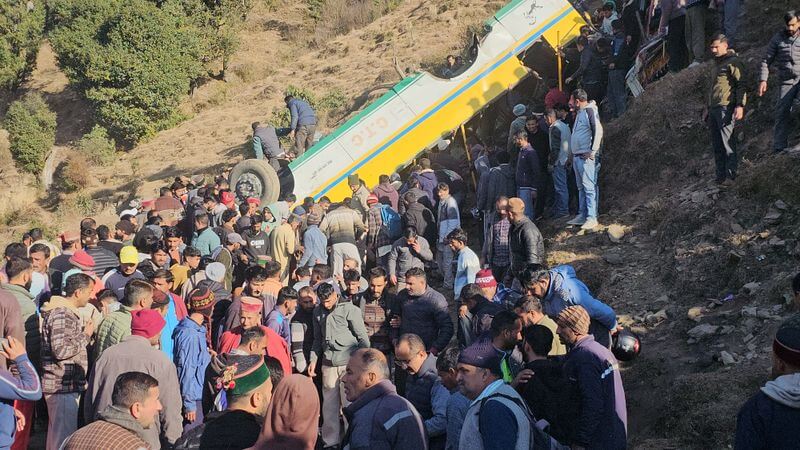
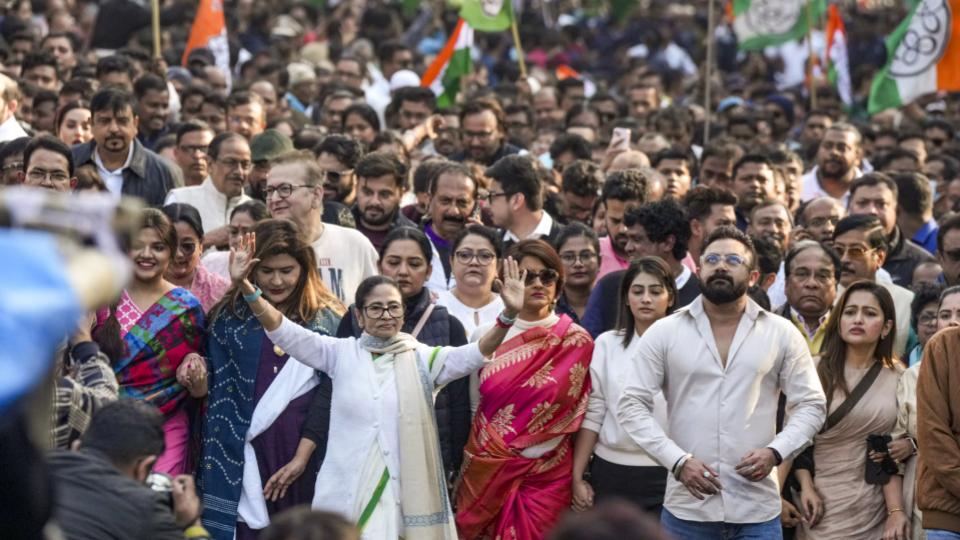

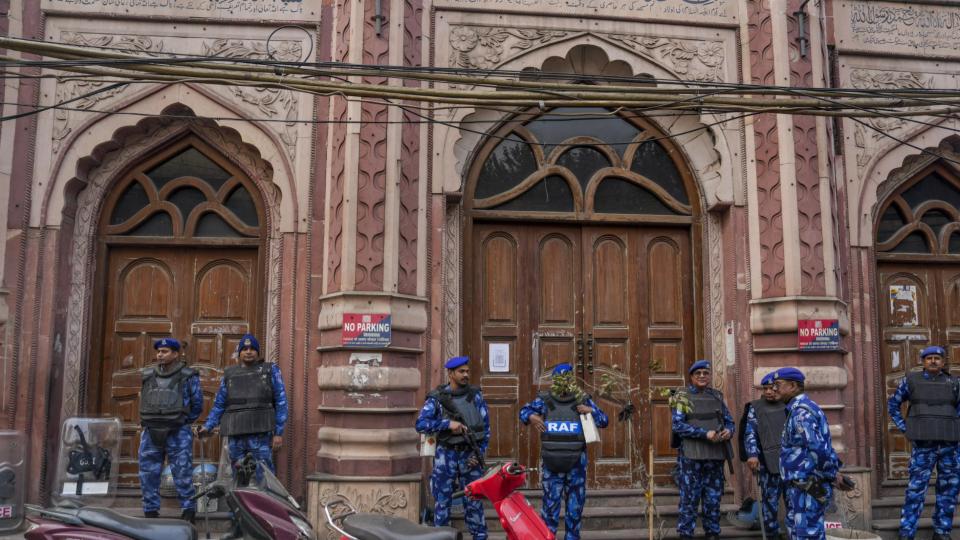
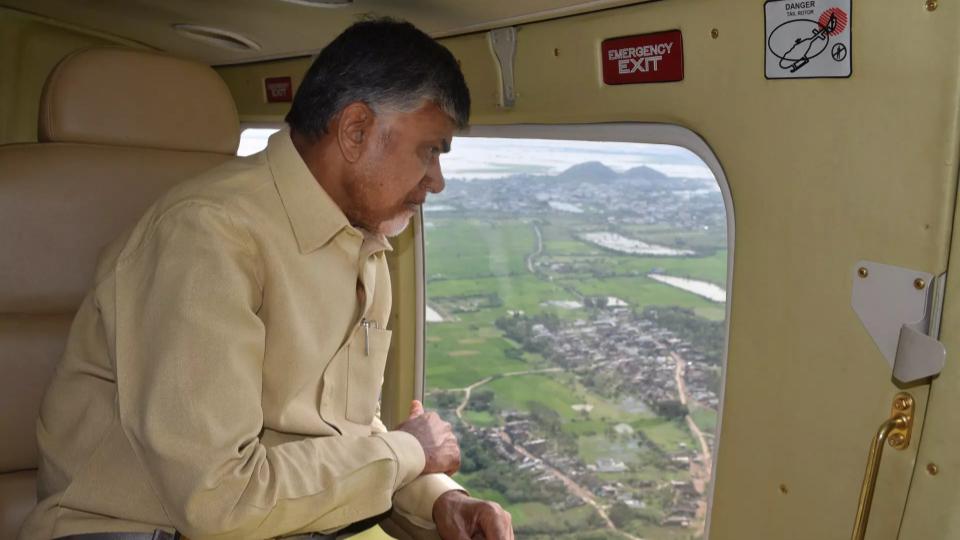
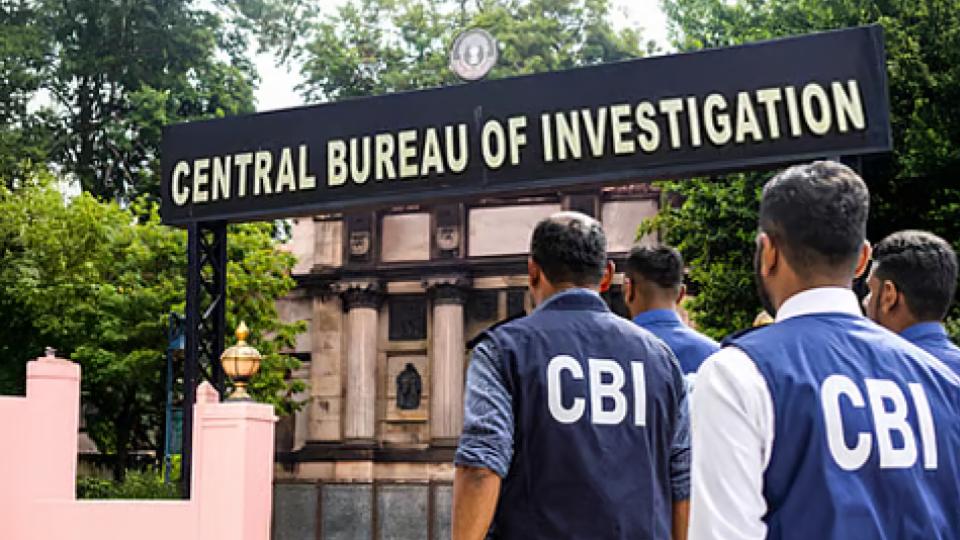
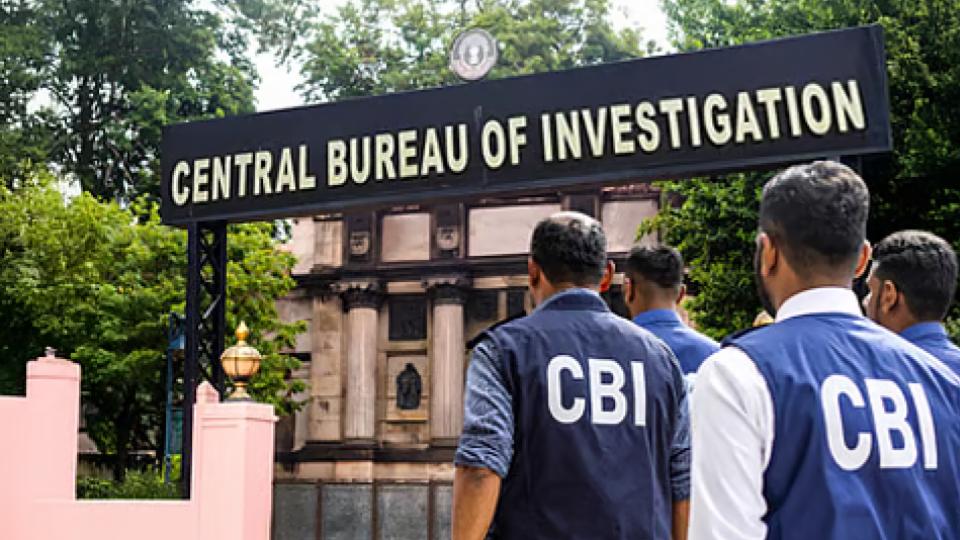
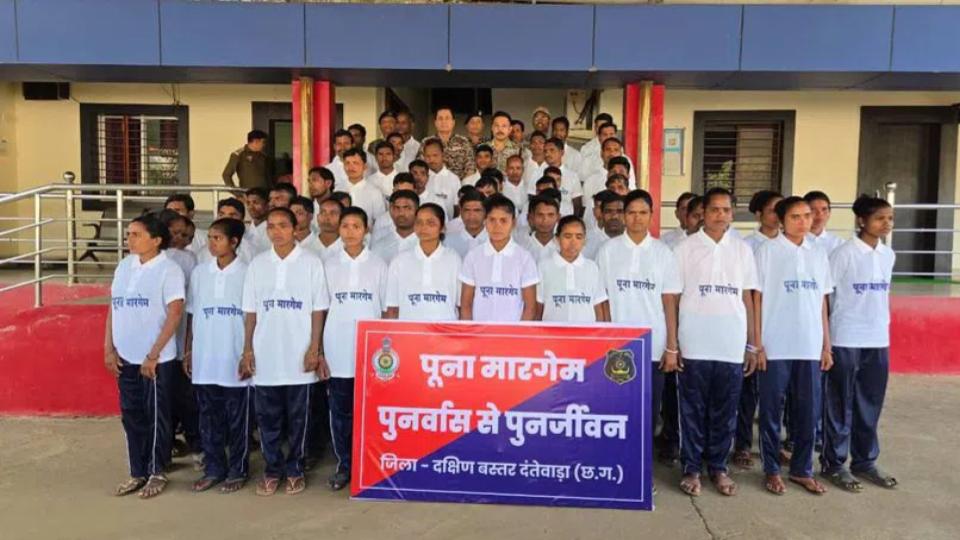
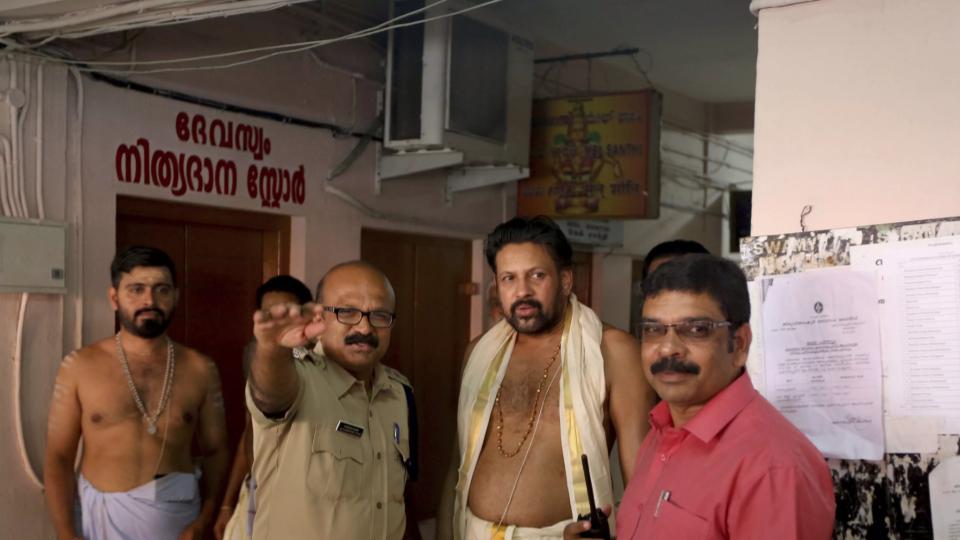
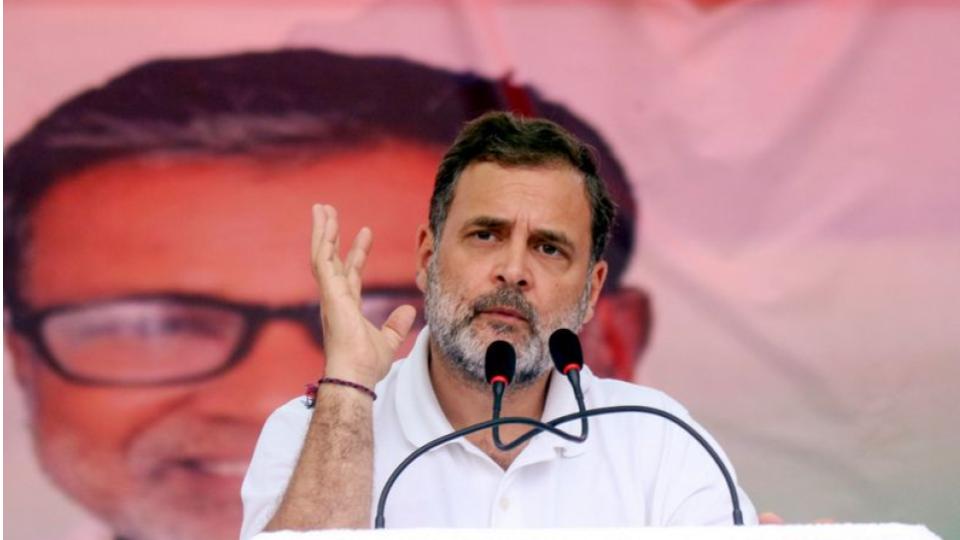
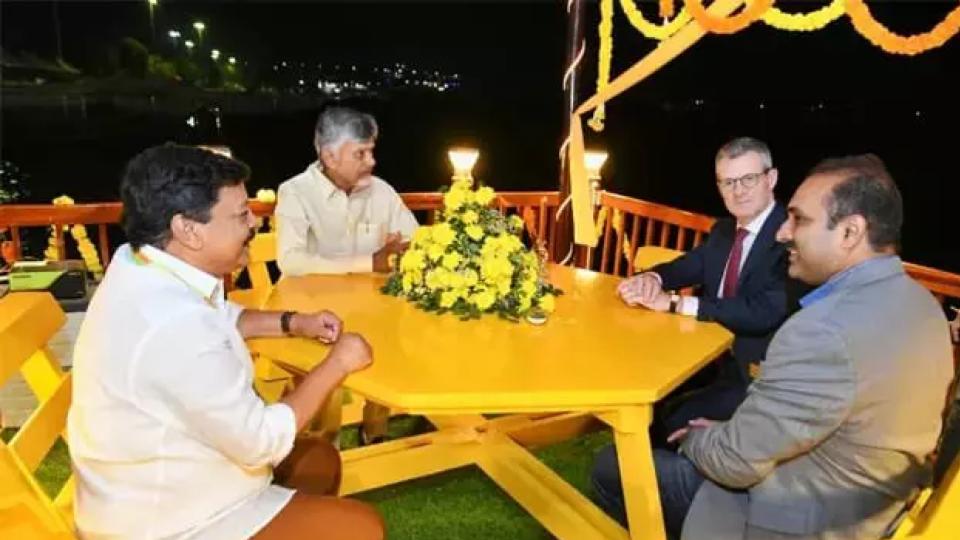
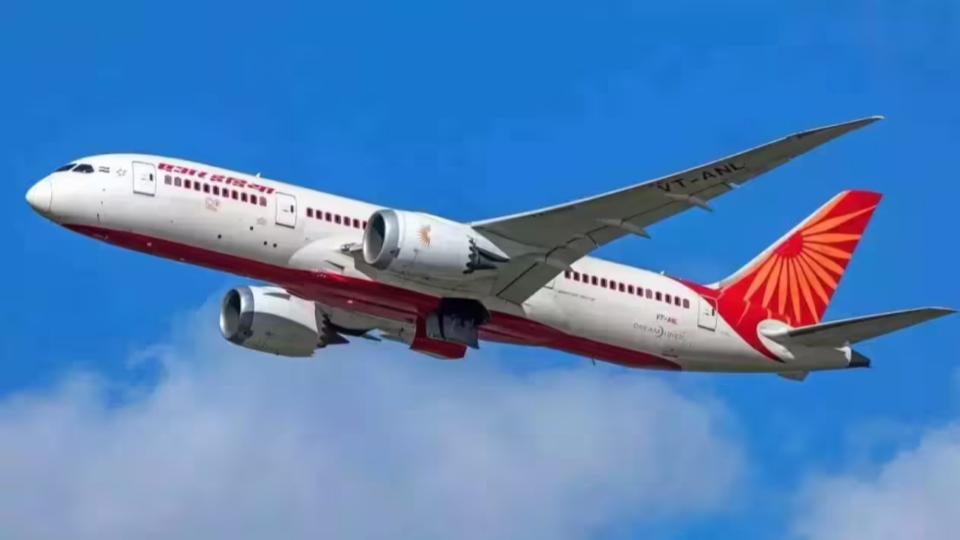

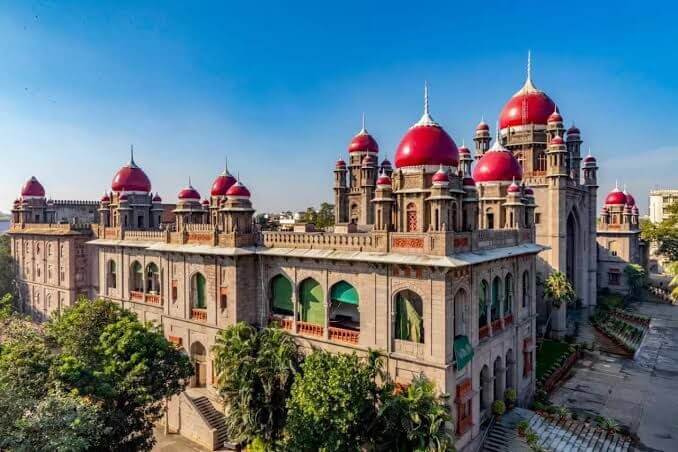
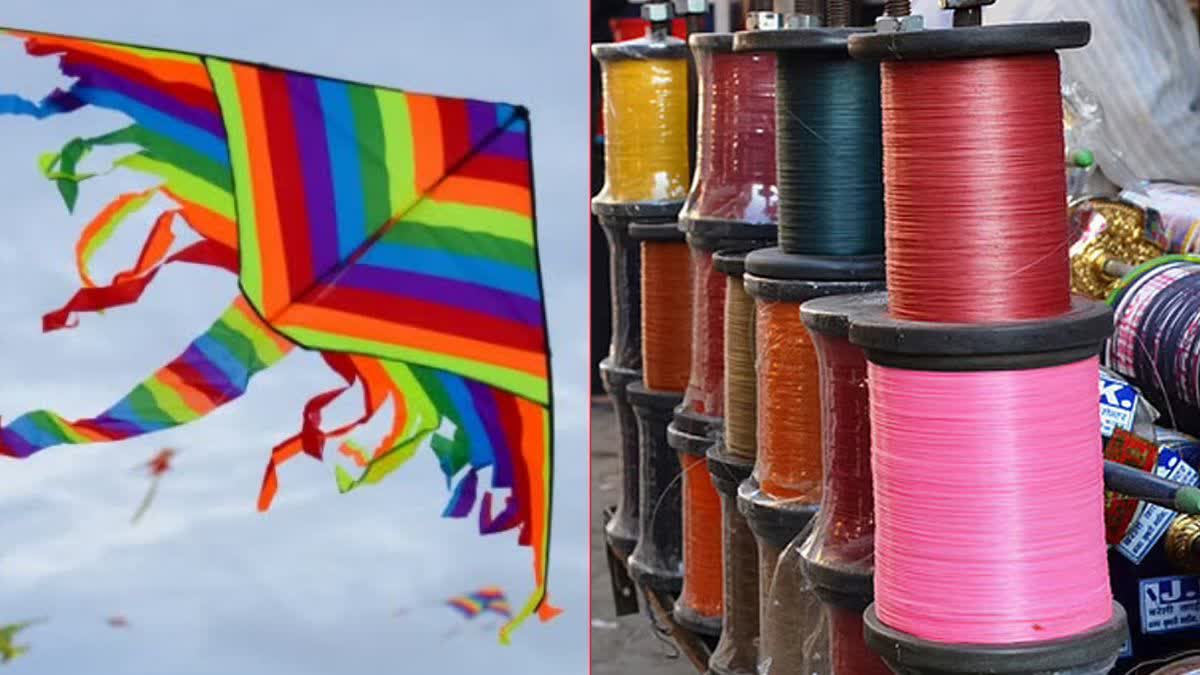

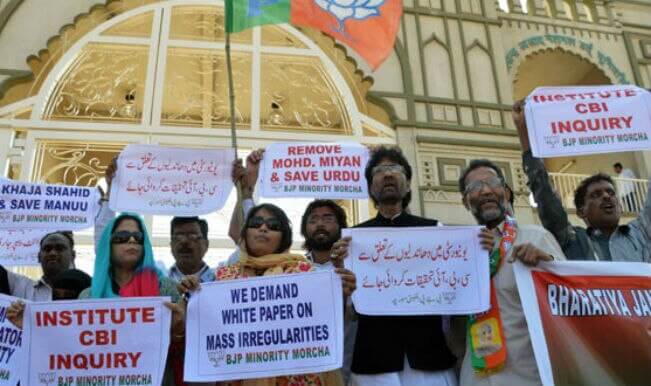


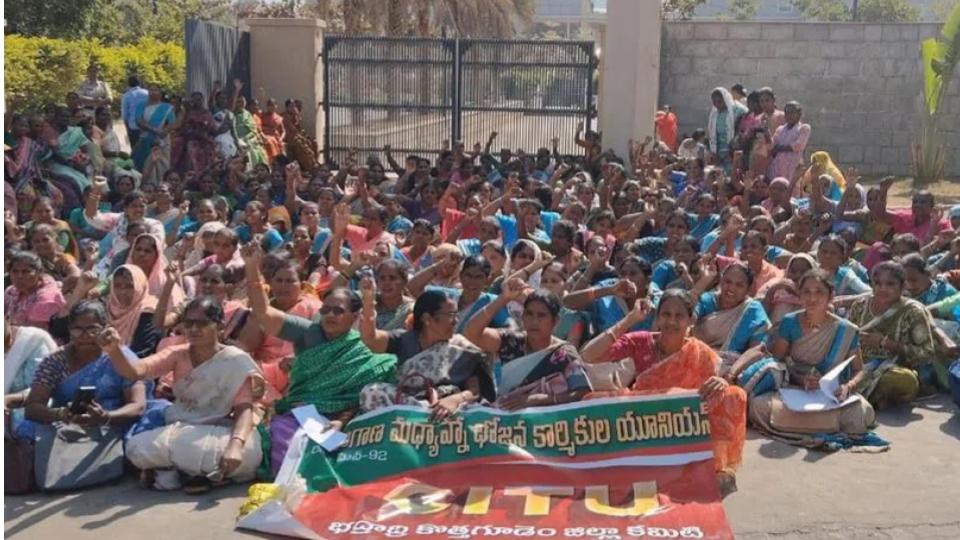


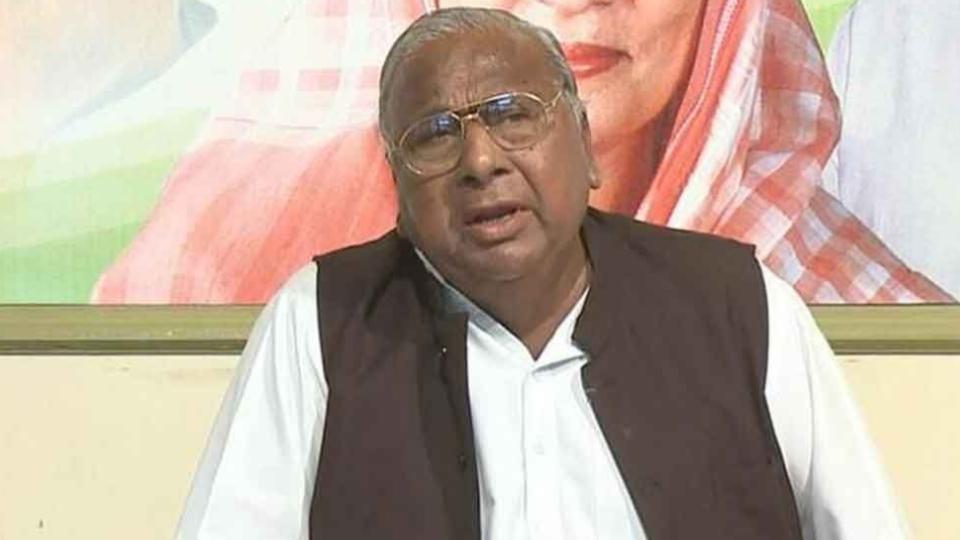


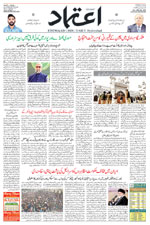










.jpg)
.jpg)
.jpg)


